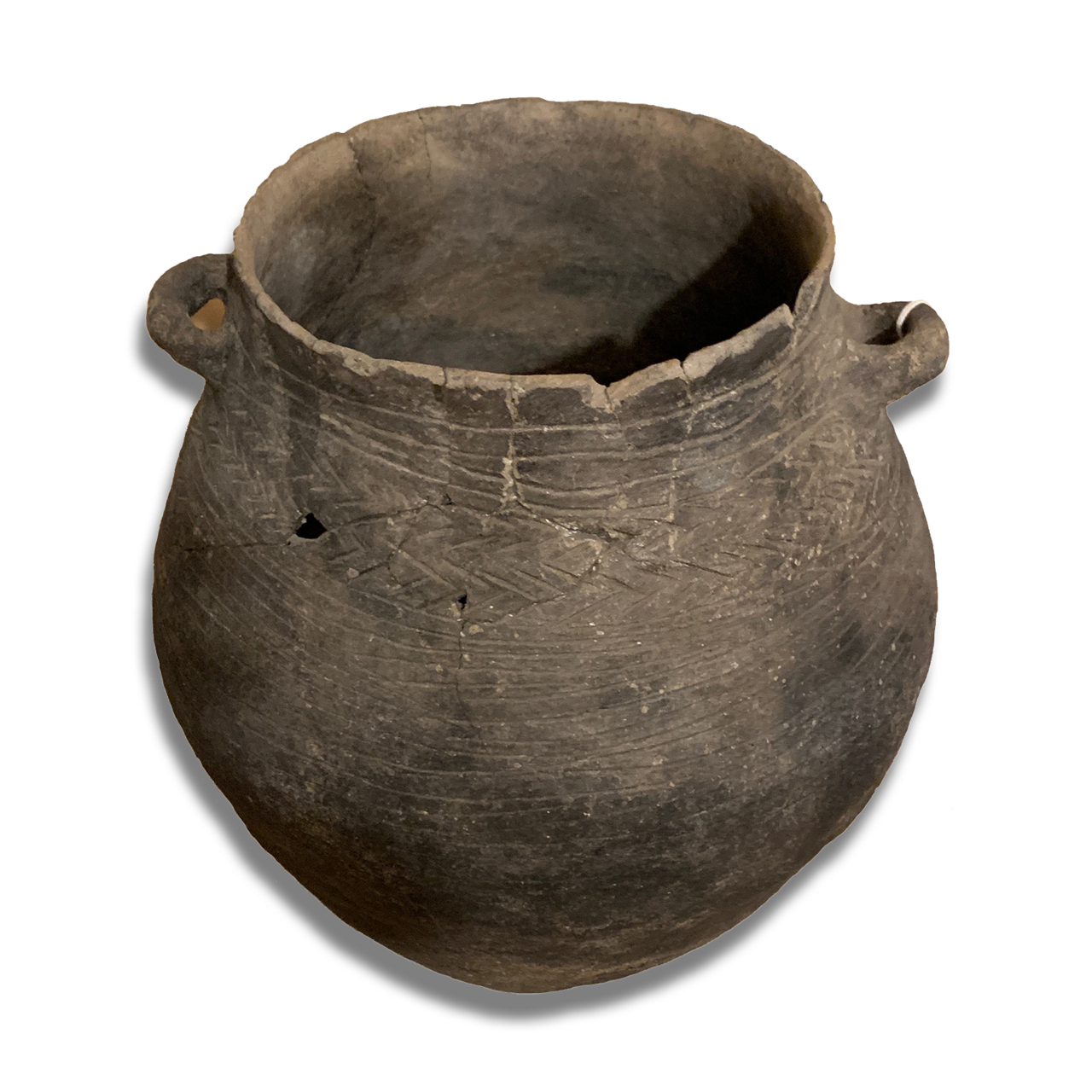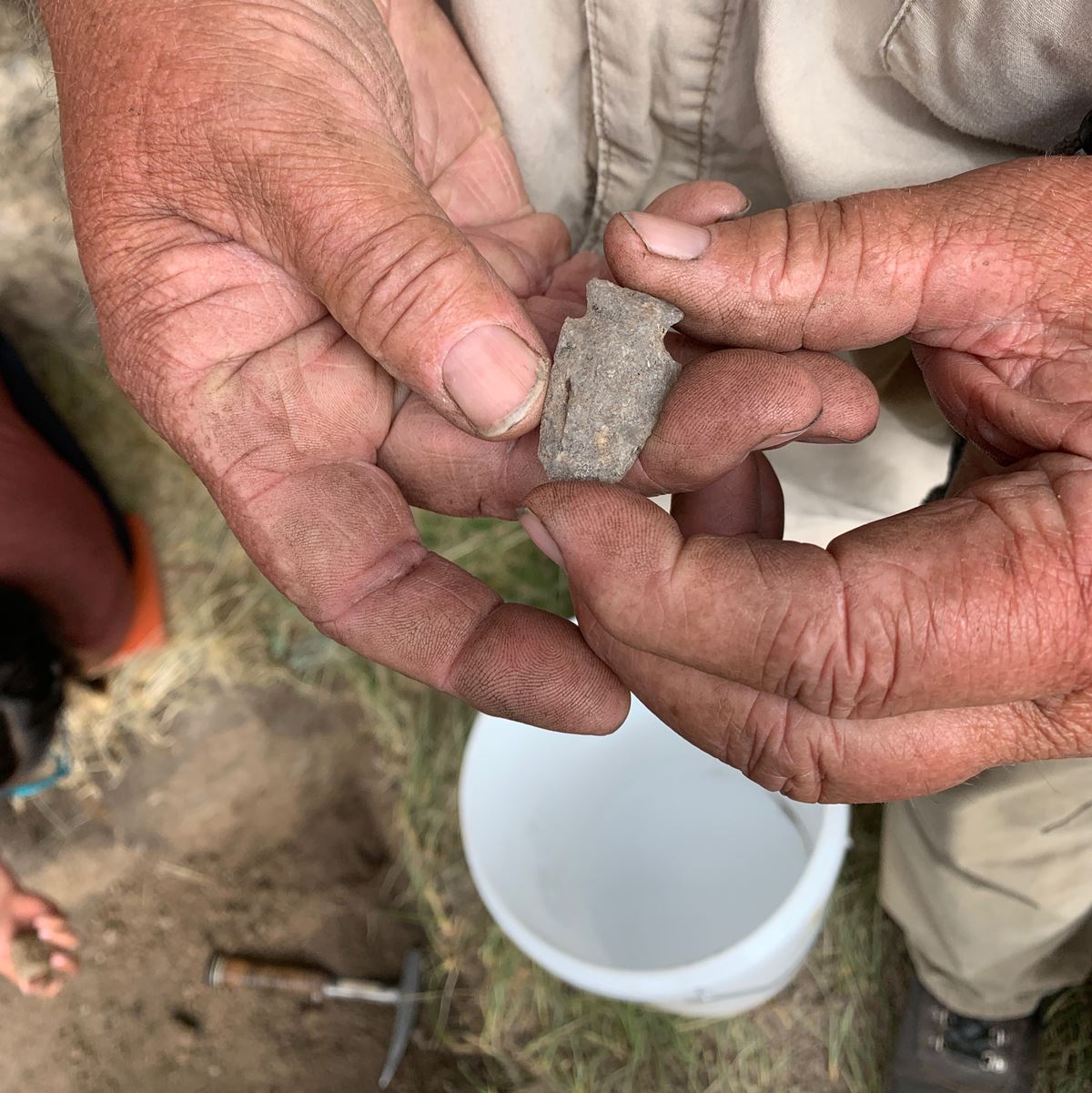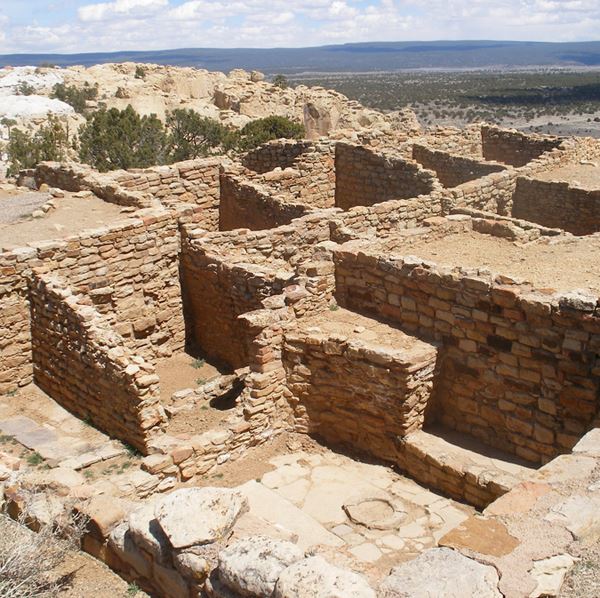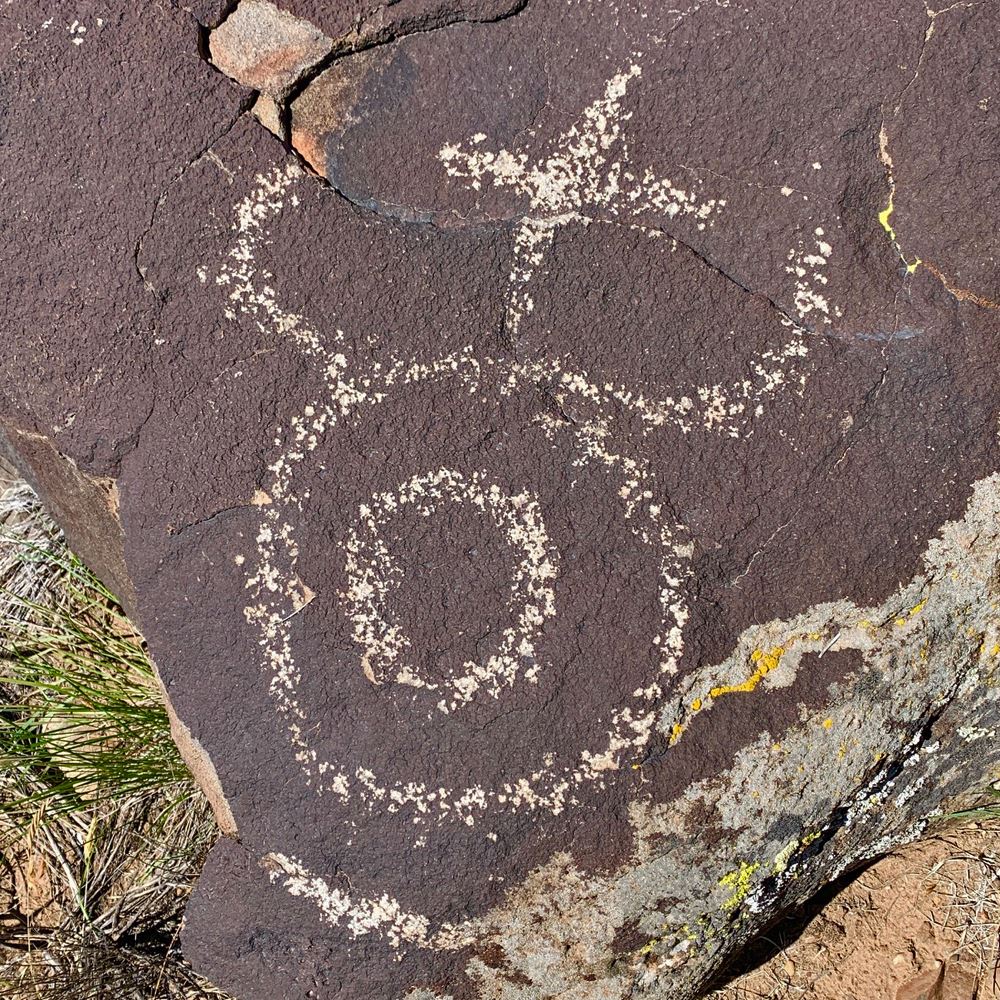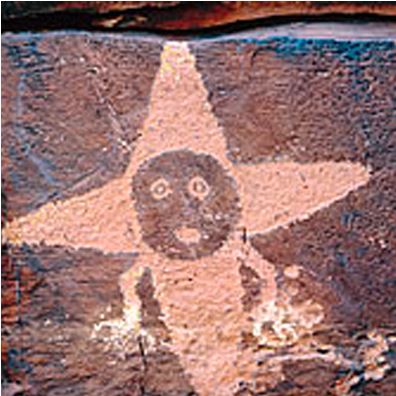What's New & Happening with
Taos Archaeological Society?
Next Speaker
LECTURE
Kit Carson Board Room 7pm
Monday September 8, 2025
Matthew J. Barbour holds BA (2002) and MA (2010) degrees in Anthropology from the University of New Mexico and has worked for the New Mexico Department of Cultural Affairs since 2002. Currently, Mr. Barbour is the Deputy Director of New Mexico Historic Sites. Throughout his twenty-two-year career, he has published over 200 nonfiction articles and monographs. In 2012, and again in 2014, Mr. Barbour was awarded the City of Santa Fe Heritage Preservation Award for Excellence in Archaeology. In 2018, under Mr. Barbour’s management, Coronado Historic Site received an Award of Merit from the American Association for State and Local History. Then in 2019, Jemez Historic Site received the Archaeology Heritage Preservation from New Mexico Historic Preservation Division.Native American Conquistadors: The Mesoamerican Conquest of the New World.
TOPIC
Mesoamerican cultures at the time of the arrival of the Spanish were incredibly advanced. Their military institutions consisted not only of peasant conscripts, but of a professional warrior class. The Spaniards realized this immediately and utilized these forces to great effect in their subjugations of Native Americans throughout the New World. This lecture will explore the role of Mesoamerican Indians in the Spanish colonial enterprise of the 16th and 17th centuries.
![]() Sitewatch information and forms has moved here
Sitewatch information and forms has moved here
![]() TAS Virtual Lecture Series:
TAS Virtual Lecture Series:
Click Here to watch recorded presentations.

History of Taos Archaeological Society Project

An effort is currently underway to build a historical timeline of TAS events and history! We need your help!
The Taos Archaeological Society has operated for 34 years. In that time, many documents have been produced. Unfortunately, TAS does not have a complete record of documents produced and distributed.
![]() We are in need of documents/publications that date from September 1999 through February 2014.
We are in need of documents/publications that date from September 1999 through February 2014.
![]() You can help by contributing:
You can help by contributing:
Past bulletins, meeting minutes, financial statements, member lists, and other communications.
Thank you for your continued support of the Taos Archaeological Society.
For more information, or to send documents, please contact Paul Mcguff at pmcguff@aol.com
|


